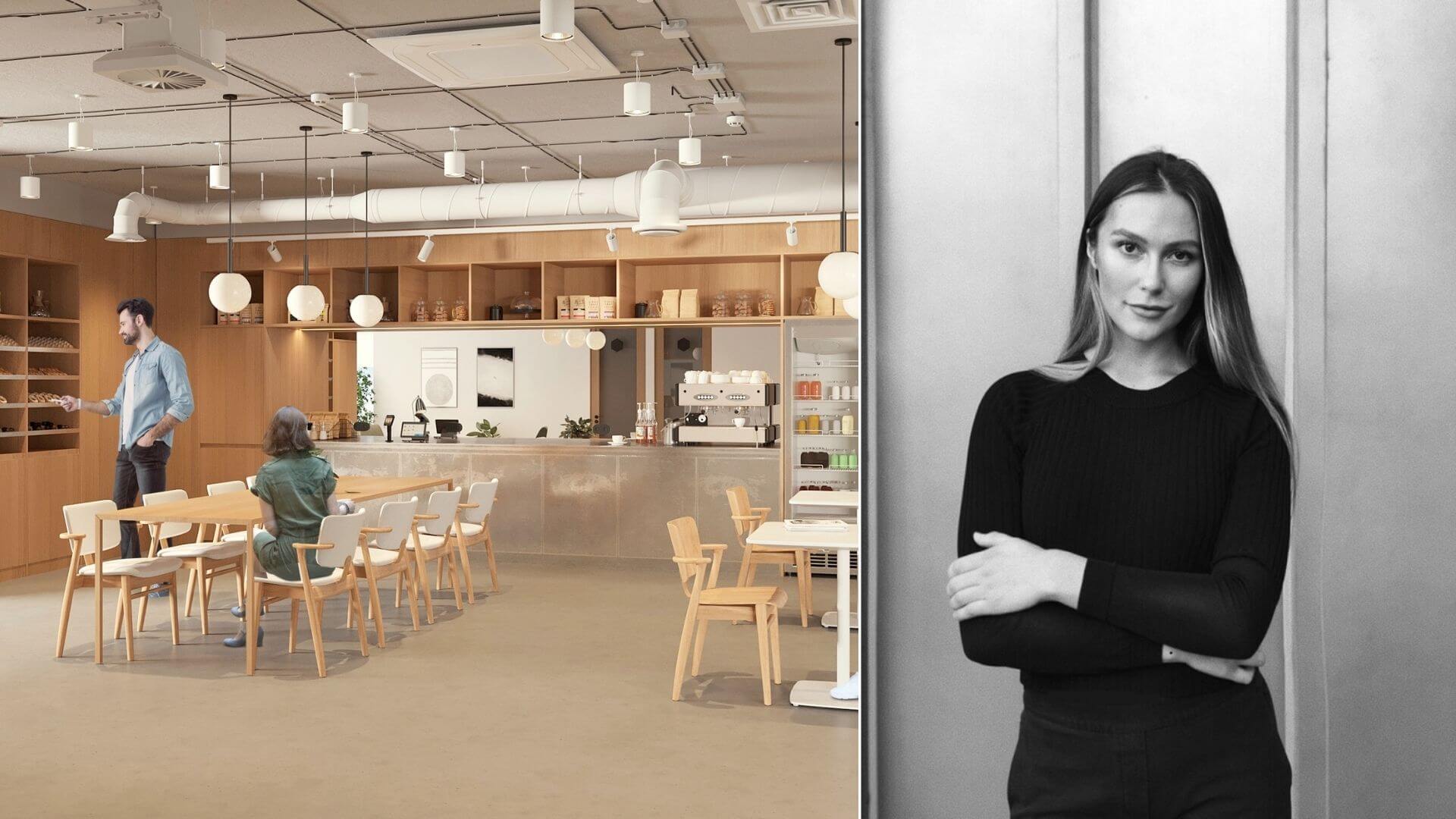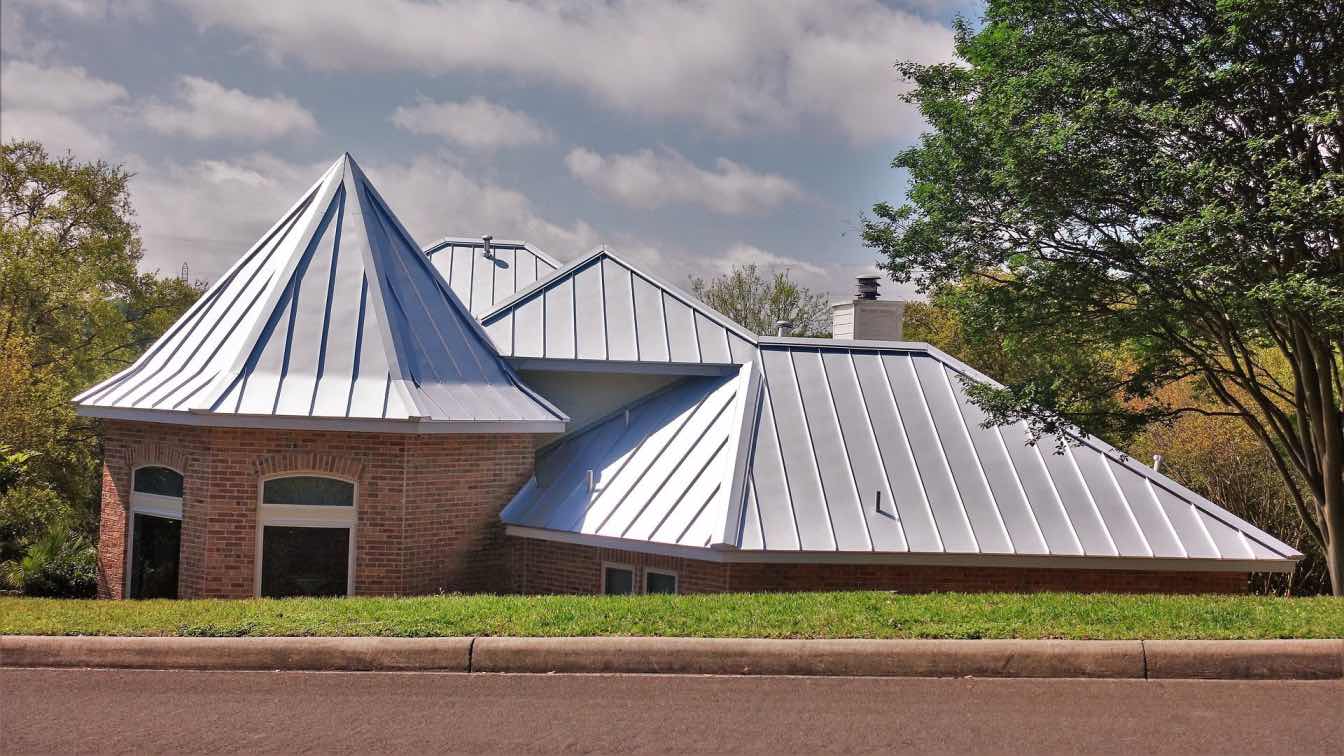Imagine if every global city was designed and built with human-wellbeing and our brains at the focus of the architecture?
The WHO calculated we spend between 80% and 90% of the time that we are awake in a building, whether that is our homes, school, office, mall, hospital, stadium or a neighbour-hood café. The human senses are a powerful tool, and draw from their surrounds and wider environment, so what if we could make the population happier, healthier and more productive through architecture design and neuro practices?
Neuroarchitecture explores the partnership between neuroscience and the design of the artificially created environment. It seeks to understand the different reactions and affects buildings and structures can have on the mental and physical wellbeing of the community that live within it.
How does architecture influence our behaviour?
Neuroarchitecture isn’t just about visual design. Our brains constantly crave stimulation at every waking moment, which is why nature is the optimum environment for humans, with unlimited sights, smells and sounds surrounding us.
Everything influences our emotions, wellbeing and behaviour, whether it be the shape, colour, texture, sound or lighting, so your considerations when designing a space is vital. How do you want your visitors to feel? What should they experience in this environment? Do they need to relax in their surroundings, or concentrate? This thought process will influence the decisions made in the planning process to create a meaning, mood and state of mind when entering the space to reflect the aspired culture and atmosphere.
What is the importance of neuroarchitecture?
With the new reliance on working from home, collaborative offices and digital nomad lifestyles across the globes following the global pandemic, human-centred design has never been more important. The Global Organization for Stress reports in 2022 that 77% of people experience stress that affects their physical health and 73% of people have stress that impacts their mental health. In addition, according to the UN, two thirds of the world’s population will be living in urban environments by 2050, so providing the population with nature-inspired, dynamic and considered spaces to live within will support the general stress and unhappiness levels of cities.
Focusing on human-centered and neuroarchitecture, E+A Studio seeks to optimise positive affects to society’s physical and mental wellbeing through its projects – allowing them to seamlessly incorporate in cities of the future.
Author: Evgeniia Molchanova, Founder & Architect, E+A Studio
Evgeniia Molchanova is the proud founder and lead architect of Dubai-based architecture and design firm, E+A Studio.
A specialist in creating neuro-architecture, Evgeniia strongly believes that the environment has an enormous influence on society and the way we feel. It identifies our way of life, our wellbeing and mental state and plays a huge role in influencing an individual’s intelligence (IQ) and emotional intelligence (EQ). Working with clients and her team of specialists, Evgeniia develops projects that sees architecture unlimited by aesthetics and functions but provokes emotions to provide its inhabitants with curated experiences.





